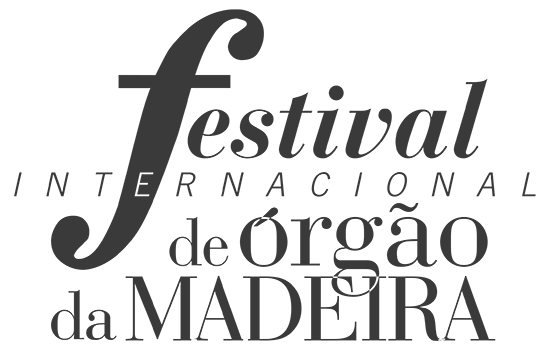 At Funchal Cathedral, the presence of an organ can be documented from the very beginning of the 16th century. In 1739 King João V gave the Cathedral a new organ made in Lisbon by the organ builder Francisco do Rego Matos. In 1740 the Chapter had this instrument placed in the original gallery, placed in a recess above the former sacristy, situated to the left of the sanctuary (Ferreira 1963: 18-19). No longer in working order, this organ was dismantled in 1925 and eleven years later given to the Igreja do Colégio. In its place the Cathedral Chapter decided to buy the organ that belonged at that time to the Anglican Church. The minutes of the Chapter meeting of 5 January 1937 mentions “that by order of His Most Illustrious and Most Reverend Lord, the Bishop had bought the present organ belonging to the Anglican Church, the price of which was thirty-four contos and five hundred escudos (34,500 escudos), added to which the cost of transport, reassembly, etc.”, and that it was placed in the choir gallery at the main entrance of the Cathedral. This instrument, much altered since then, was built in England in 1884, having been ordered by an English doctor who resided in Madeira and also played the organ. At a certain point, this doctor had decided to give it to the Anglican Church.
At Funchal Cathedral, the presence of an organ can be documented from the very beginning of the 16th century. In 1739 King João V gave the Cathedral a new organ made in Lisbon by the organ builder Francisco do Rego Matos. In 1740 the Chapter had this instrument placed in the original gallery, placed in a recess above the former sacristy, situated to the left of the sanctuary (Ferreira 1963: 18-19). No longer in working order, this organ was dismantled in 1925 and eleven years later given to the Igreja do Colégio. In its place the Cathedral Chapter decided to buy the organ that belonged at that time to the Anglican Church. The minutes of the Chapter meeting of 5 January 1937 mentions “that by order of His Most Illustrious and Most Reverend Lord, the Bishop had bought the present organ belonging to the Anglican Church, the price of which was thirty-four contos and five hundred escudos (34,500 escudos), added to which the cost of transport, reassembly, etc.”, and that it was placed in the choir gallery at the main entrance of the Cathedral. This instrument, much altered since then, was built in England in 1884, having been ordered by an English doctor who resided in Madeira and also played the organ. At a certain point, this doctor had decided to give it to the Anglican Church.
The organ had resulted from the collaboration of various builders, though T. A. Samuel (Organ Builder, Montague Road, Dalston-London) was responsible in 1884 for assembly in situ. The pipes – or, rather, some of them – were made by the firm Charles S. Robson (1861), the windchests by Wilson Gunnerson, the manual by the firm S. W. Browne and some of the metal pipes were the work of the company A. Speneir (1884).
Originally using tracker action, some thirty years ago the instrument was considerably altered, with changes made to the mechanism and the addition of a number of reed stops en chamade. These modifications have completely altered the organ’s character, without making any kind of improvement from a musical point of view. As a result of this, and with the intention of endowing the Cathedral with an instrument appropriate for liturgical purposes and for concert work, major restoration to the instrument was undertaken and completed in 1995/96 by Dinarte Machado.
Sé do Funchal
T. A. Samuel, 1884
Dinarte Machado (rest.), 1996

I Manual (C-g’’’)
Open Diapason 8’
Flöte 8’
Holz Bourdon 8’
Principal 4’
Waldflöte 4’
Nazard 2 2/3’
Super Octave 2’
Mixture 1 1/3’ de 4 filas
Dulçaína
Trompette 8’
II Manual (C-g’’’)
Voix Celeste 8’
Gamba 8’
Gedeckt 8’
Principal 4’
Spitzflöte 4’
Octave 2’
Simbala 1’ de 4 filas
Krummhorn 8’
Tremblant
Pedal (C-g’’’)
Subbass 16’
Open Diapason 16’
Octave 8’
Bombarde 16’
Trompette 8’
Acoplamentos / Couplers
I/II
I/Pedal
II/Pedal

